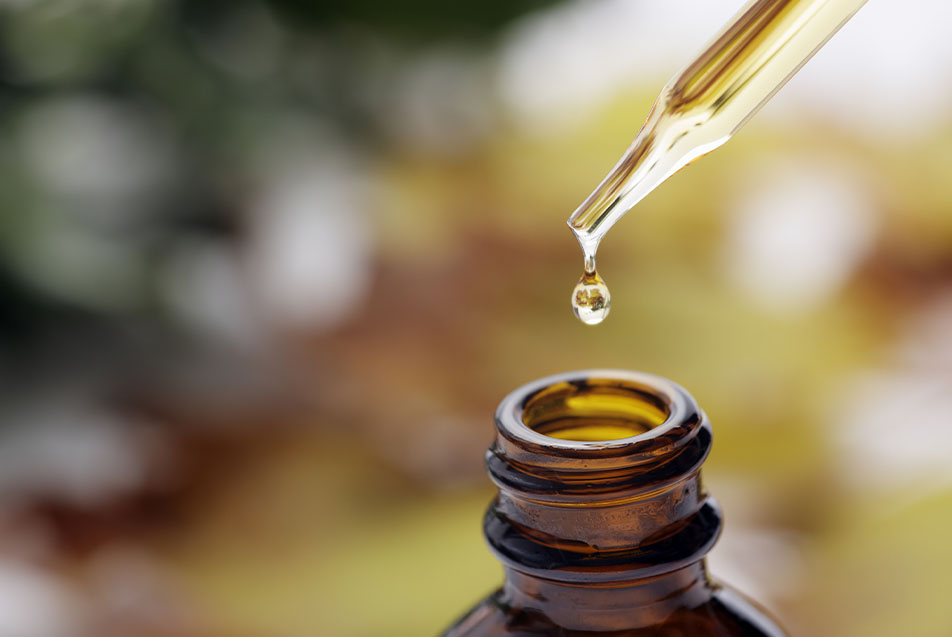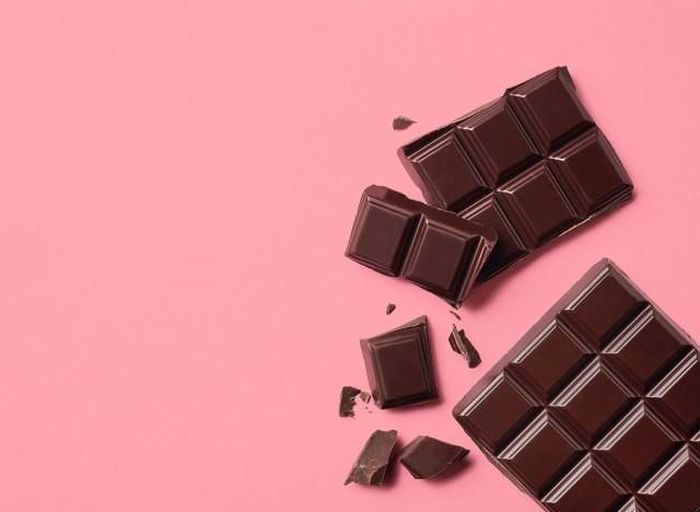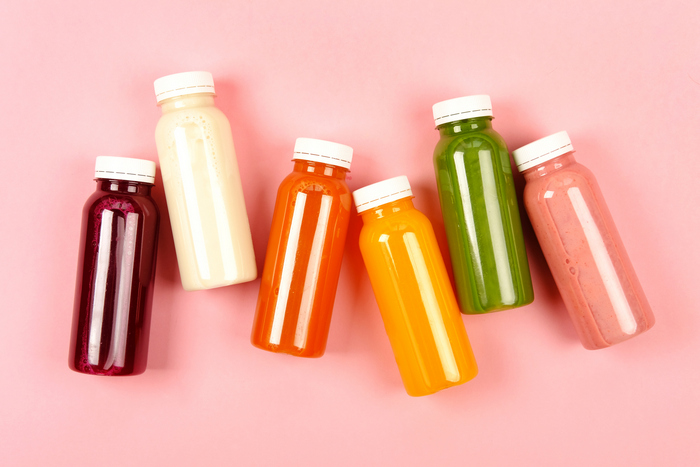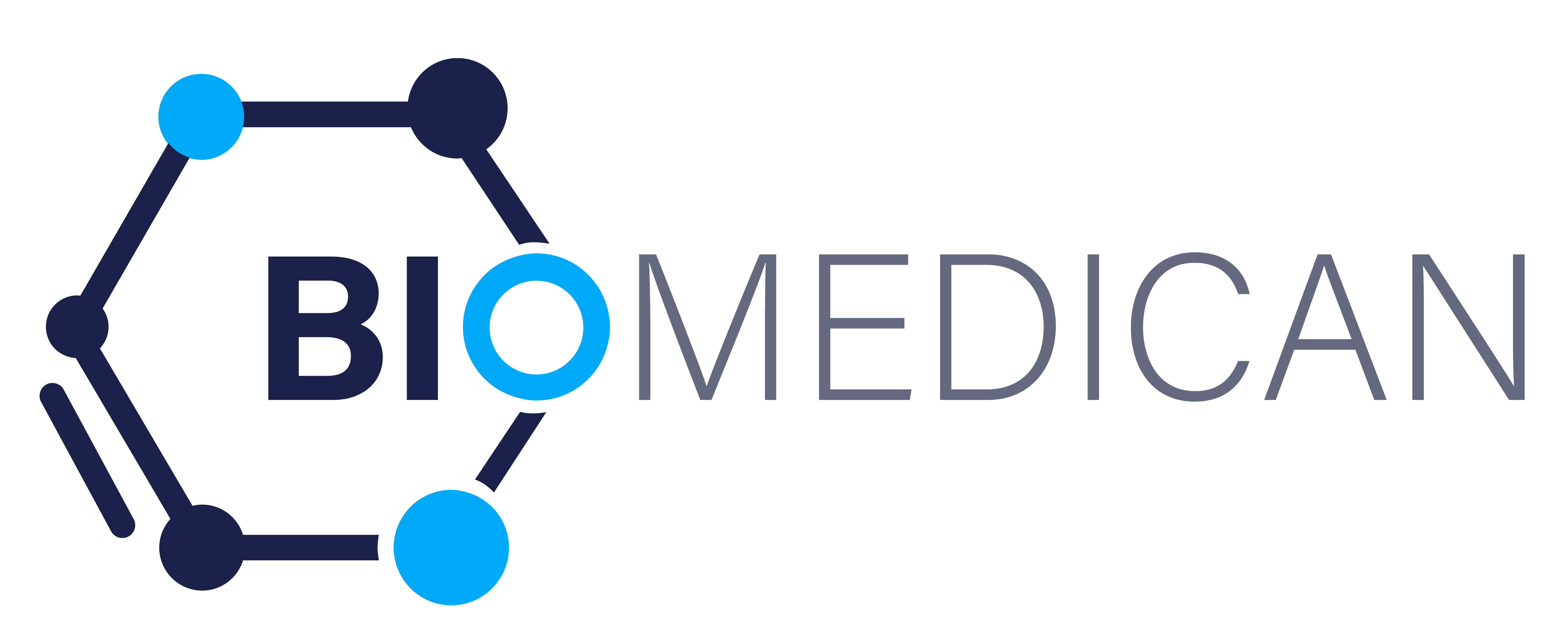Human has a long history of cannabinoids use as a food in one or another way. However, the current growth of cannabinoids in the food industry is due to the passage of the Hemp Farm Bill that allowed the farmers to cultivate and sell hemp having less than 0.3% Delta-9 THC, i.e., a psychoactive compound. The popularity of cannabinoids has increased in the past few years as non-cannabis smokers are also now interested in using cannabis food products.
CBD was the first cannabinoid used in a food product out of all the legal cannabinoids such as Delta-8 THC, CBN, CBC, and CBG. The advancement in infusion methods resulted in a wide selection of cannabinoids infused edibles. Cannabis edibles are now an ever-growing part of the legal cannabis industry.
Cannabinoids in food industries are used to manufacture various products, including chocolates, butter, oil, cheese, beverages, and many more. The primer forms of cannabinoids in the food industry include cannabis oil, cannabis-infused butter, and water-soluble cannabinoids.
CBD/CBG oil

CBD is one of the most famous and popular forms of cannabinoids consumption. The versatile nature of CBD oil made it one of the most sought-after products of cannabis for legal use. The oil can be used in various forms, including E-liquid for a vape pen. Consumers are now switching CBD oil with CBG oil due to the variety of health benefits CBG offers.
It is necessary to mention the medical benefits associated with CBG oil. It can help relieve pain, reduce anxiety and depression, and treat insomnia and cancer. The use of CBD/CBG oil to treat epilepsy got consistent support at the federal level as U.S. Food and Drug Administration (FDA) received a recommendation to used pharmaceutical CBD oil for epilepsy.
CBD tincture
Tinctures are an alcoholic extract of a cannabis crude drug. These tinctures contain 60-70% alcohol. These concentrated tinctures are widely used sublingually. A few drops of tinctures are dropped below the tongue and absorbed. Sublingual route avoid hepatic metabolism and produce rapid effect.
Cannabis chocolates
Since snacking on cannabis edibles is now legal, edibles are one of the most desirable ways. Consuming cannabis chocolates is a common cannabis consumption method for people who wants to consume cannabis in a refined form. These chocolates may contain THC that may get you high.
Scientists found anandamides while studying cannabinoid receptors that influence appetite, health, and pleasure—Anandamide level in the body increases by cannabis chocolate consumption, leading to analgesic and anti-inflammatory effects. The sugar in chocolate enhances the impact of cannabinoids on cannabinoids receptors. Cannabis chocolates show an effect in 20-60 minutes.

Cannabis gummies
Gummies are great for snacking as they are small and easy to carry while traveling, and not as sweet as chocolates. Cannabis gummies come in various shapes such as fish, worm, lime, rings, bear, and flavor combinations such as grape, lime, peach, and strawberry. Gummies may have psychoactive cannabinoids such as THC and non-psychoactive cannabinoids such as CBG or CBD. These gummies are often available in dispensaries in different states.
Cannabis capsules
Cannabis capsules are an excellent option for people who wants to consume cannabinoids for their therapeutic effect. Cannabis capsules are not sweet like chocolate and gummies. These are taken as a medicine and may contain therapeutically active cannabinoids without psychoactive effect. CBN (cannabinol) capsules are most often utilized for their health benefits such as insomnia treatment.

Cannabis beverages
Cannabinoids are lipophilic; therefore, it is easy to incorporate them in butter and oils. Cannabinoids are not water soluble therefore food industries have developed techniques to infuse cannabinoids in various beverages. The aroma and taste in these beverages are maintained by using terpenes. Cannabis infuses beer, coffee, and cocktail are the most well-known beverages. Food industries are now incorporating cannabinoids in various energy drinks.
Other than the edibles mentioned earlier, cannabinoids are now a part of honey, coconut oil, flour, truffles, cookies, bread, and butter.
The legality of cannabis edibles
Cannabis usage in the food industry is the most socially accepted form of cannabis consumption. Hemp Farm Bill 2018 legalized every cannabinoid found naturally in cannabis besides delta-9 THC, yet cannabinoids are not legal at the federal level. The quality of cannabinoids is a major considerable issue as cannabinoids obtained from plants are not pure. BioMedican has a unique platform for the biosynthesis of cannabinoids such as CBG, CBN, THCA, and THCV. These cannabinoids are pure enough to be a part of food.
Cannabinoids obtained from biosynthesis are organic, non-GMO, and 100% pharmaceutical grade.


